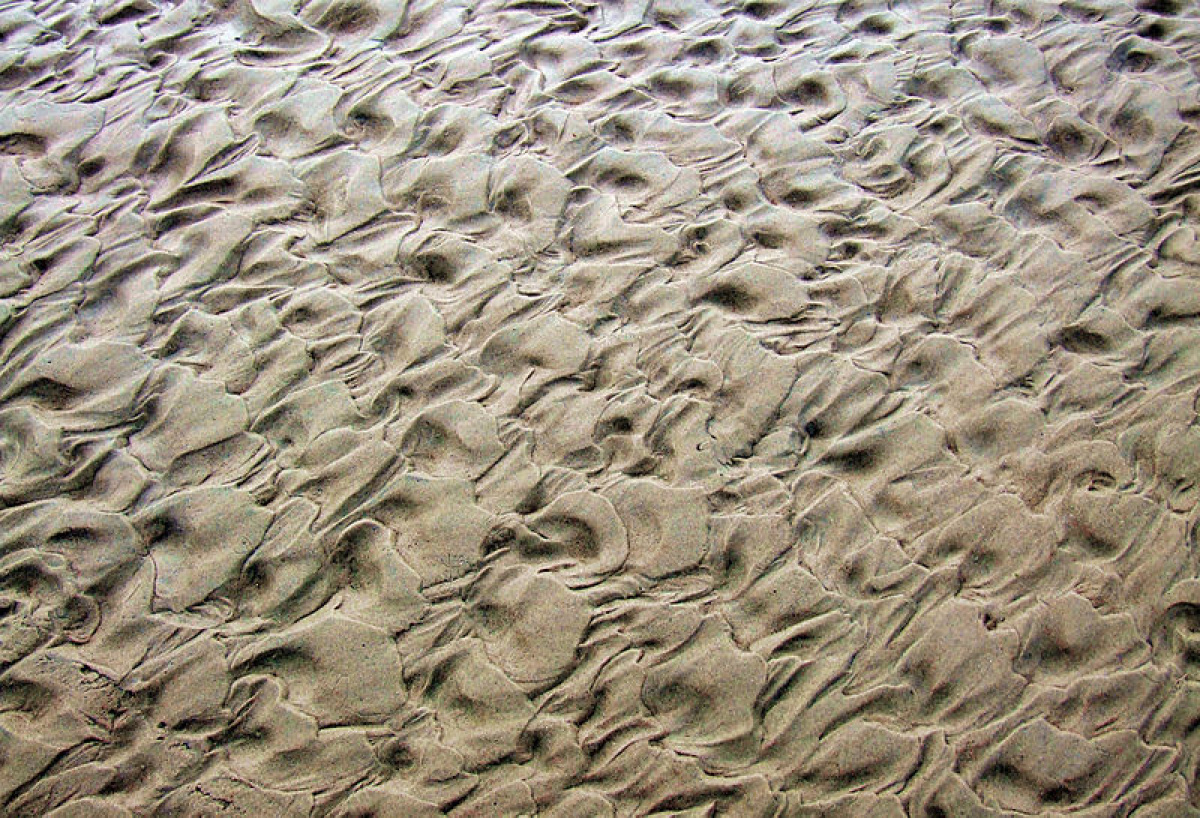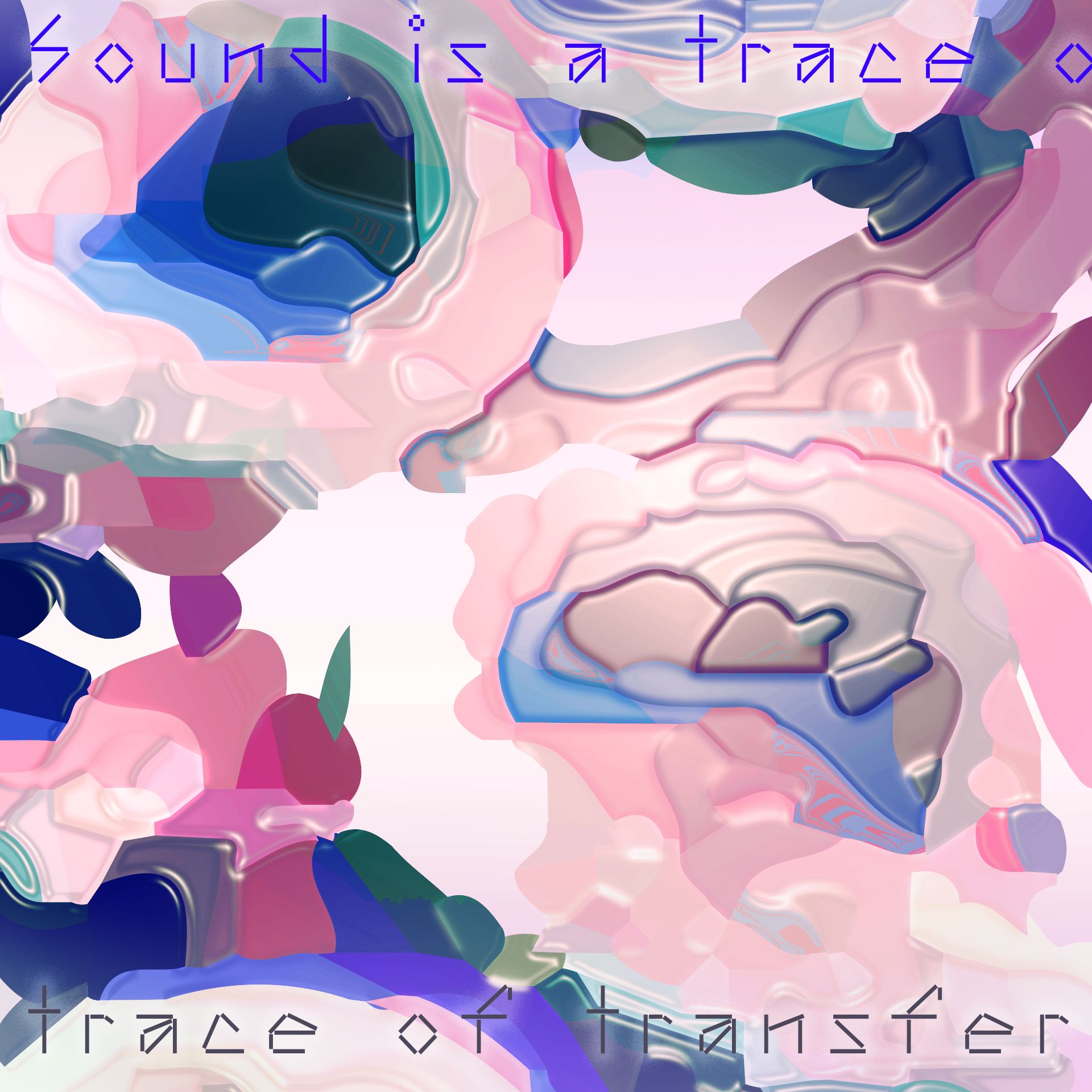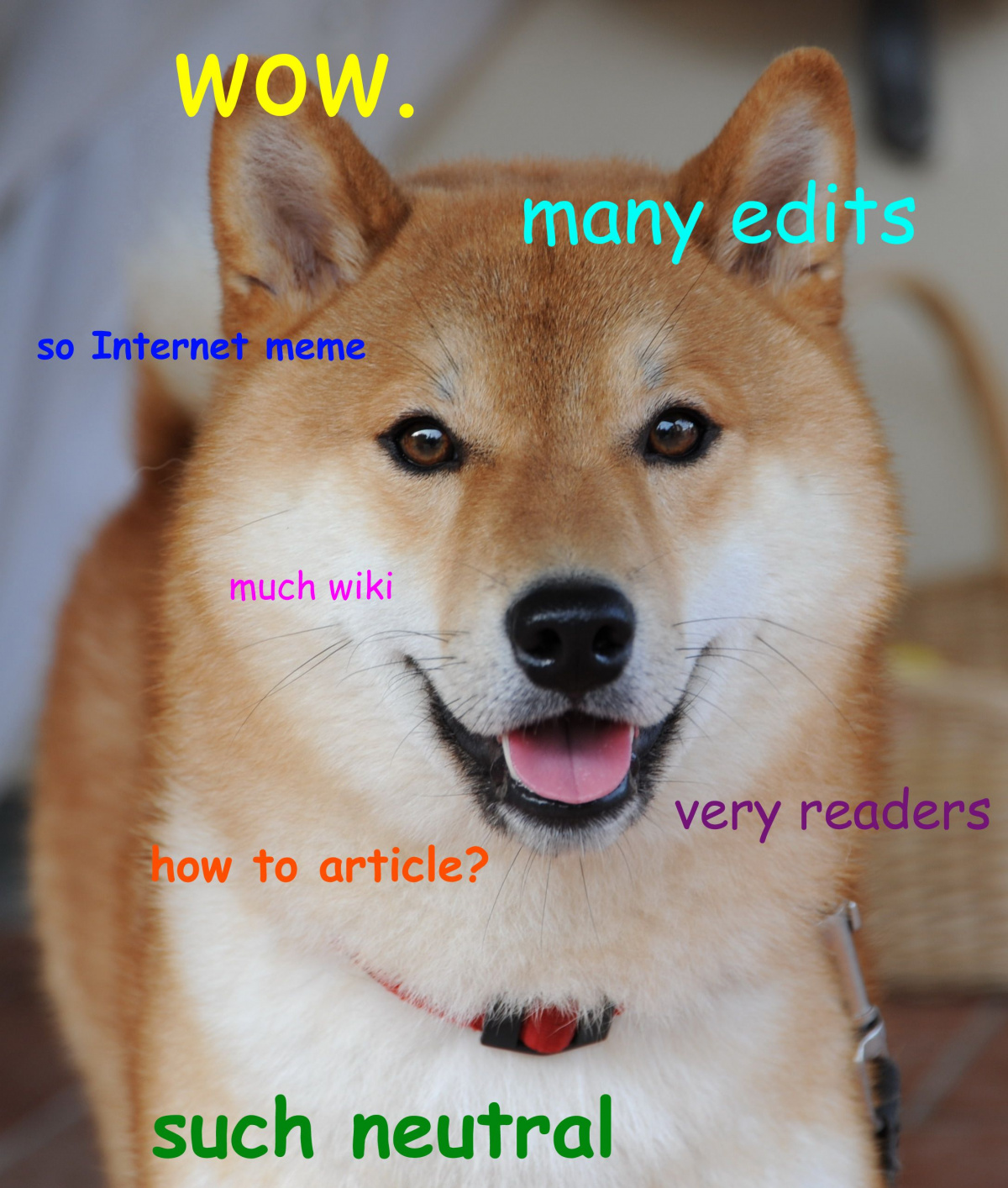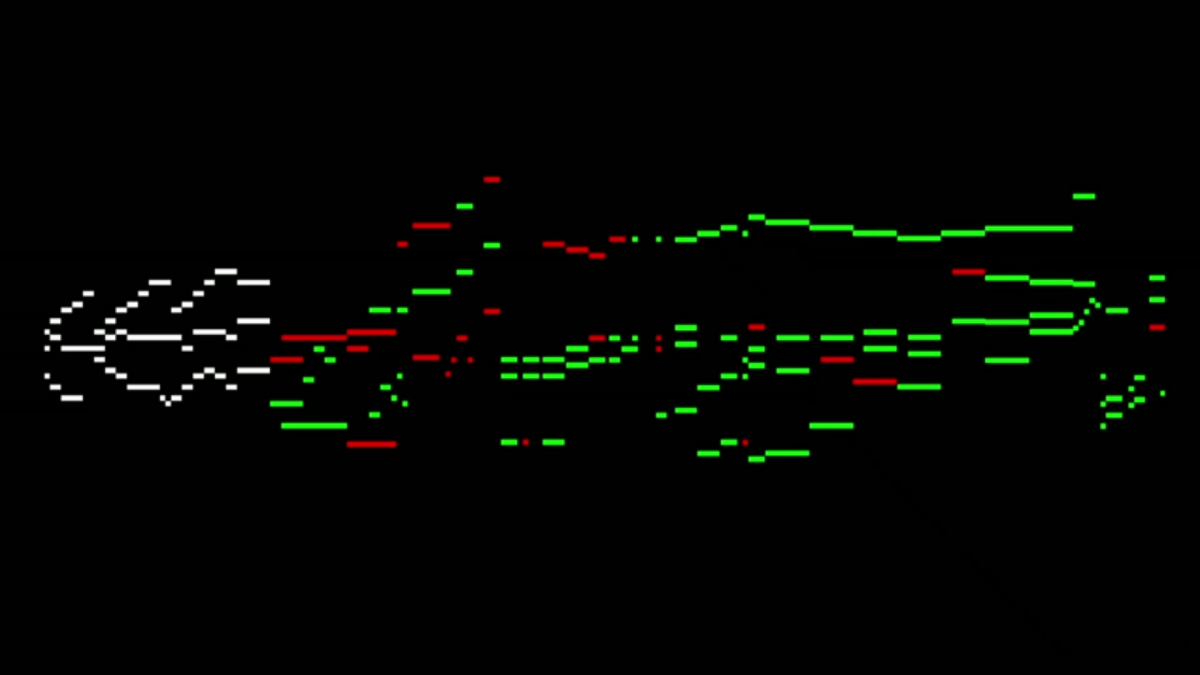
The Grain of Online Voices
Every physical interaction leaves traces. Yet, in online meetings, the human voice might be the only traceable feature left. In the fifth episode of «Sonic Vignettes», Salomé Voegelin reflects upon the grain of the voice as an irreducible trace of human contact and why it is endangered by AI cleaning language.
«Every contact leaves a trace» is a phrase coined by Dr. Edmund Locard, a French criminalist and pioneer of forensic science born in 1877. His theory describes the trace evidence that is left by any burglar or murderer at the scene of their crime, which ultimately can be used for their capture and conviction. It is the marker left by contact friction: Hair, fingerprints, textile fibres, glass, or any material transferred when subjects or objects touch. Beyond its reference to crime and its detection, the phrase enables me to think of the world as a sphere of contacts generated from traces of touching and being touched (Merleau-Ponty 1968, 133). It reveals objects and subjects as a site of transfer and transformation: Each takes something of the other and each gives something to the other in an exchange that affects them both, not necessarily symmetrically nor with equal control, but revealing a relational world.
Evidence of Relationality
Trace evidence describes reality as a narrative of meetings: Coincidental, planned, undesired, fatal, feared, and wished for. It requires microscopes, laboratory equipment, amplification devices, and efforts of reconstruction to build an image that does not represent subjects and objects as individuated forms, but makes evident their relationality and shows them in the consequence of their meeting.
Forensic scientists interpret this trace evidence of the encounter in a particular way and for a particular purpose: Substantiating a conviction. In the current state of my enforced online living I am compelled to think of this trace beyond analogue evidence, to query what traces we leave on each other in the virtual world. I am not referring to the traces left by our digital footprint: The data trail of all my activities online – every click, move, and visit that leaves an ephemeral but seemingly indelible trace of our existence, wants, and desires, and by which we are reconstituted forensically from our search histories. Such traces remain without the reciprocity and generosity of the exchange. Instead, I want to think about the traces we leave on each other when we meet in Zoom, or on other online platforms, however distanced we might be. Do we remain, as remote toucher and touched, always interwoven, always both taking and giving on contingent terms?
My experience of 12 months’ relentless digital meetings is that this reciprocity, if it exists at all, exists in sound, which holds the potential to perform the generosity and intimacy of touch: «The slight trespassing which is the mark of individuality» (Dolar 2006, 21). Sound is a trace of transfer. It is a contingent moment of contact friction. Thus, I listen and hope that a sonic sensibility that embraces this friction, and hears also what might appear semantically irrelevant to our exchange, might compensate for the loss of a physical trace online. And that it might reconfirm our existence to each other, generated in moments of coincidence, rather than by a pre-given name, indifferent to circumstance and a contingent vis-à-vis.
Amplifying the Grain
However, most online platforms reject sound’s diffuse materiality, and opt for semantic clarity instead. Conversational AI is employed to render the voice «natural» and «intelligible». Using Natural Language Processing (NLP) and Machine Learning (ML), they learn continuously from our exchanges to clean language off the viscera of the unintelligible body; to erase the «side-effects» of the voice that are considered noise and clutter, and «fill in the gaps» to achieve perfect, but uncanny clarity (ibid.).
The Zoom team speaks of «the magic of Zoom.ai» that parses data, renders «experience as frictionless and natural as possible» and «gives users the space to be more creative and happy in their work days». Whereas all I hear is the misery of a voice without a body, unable to touch or be touched. Zoom strives for a voice without non-semantic sound, or what Roland Barthes, borrowing from Julia Kristeva, called the grain: The geno-song, which my body speaks and with which I touch yours, and through which we understand beyond the semantic, the sense of a relational world (Barthes 1977, 182).
Online, this grain might be all we have left to touch each other, to leave a trace, and enter into a reciprocal encounter. Therefore we should re-programme AI not to suppress noise, not to learn to make us speak intelligibly, but to amplify the grain so that we might enjoy from the diffuse materiality of sound the generosity of being a part of each other, in a relational digital world that does not seek aseptic clarity, but the sense gained through contact, contagion, and the transmission of touch.
List of References
«Sonic Vignettes» is a Norient Special discussing sound: one fragment, one experience, recording, one viral video, stream, one monograph or encounter at a time – in all its depth, its historical and affective ramifications, with the finest expertise in Sound Studies. Initiated by Holger Schulze, Rolf Großmann, Carla J. Maier, and Malte Pelleter, published as a monthly column.
Biography
Published on April 28, 2021
Last updated on November 05, 2021
Topics
Digitization means empowerment: for niche musicians, queer artists and native aliens that connect online to create safe spaces.
Does a crematorium really have worst sounds in the world? Is there a sound free of any symbolic meaning?
From the political implications of human voice to its potential of un-making sense.
Special
Snap


